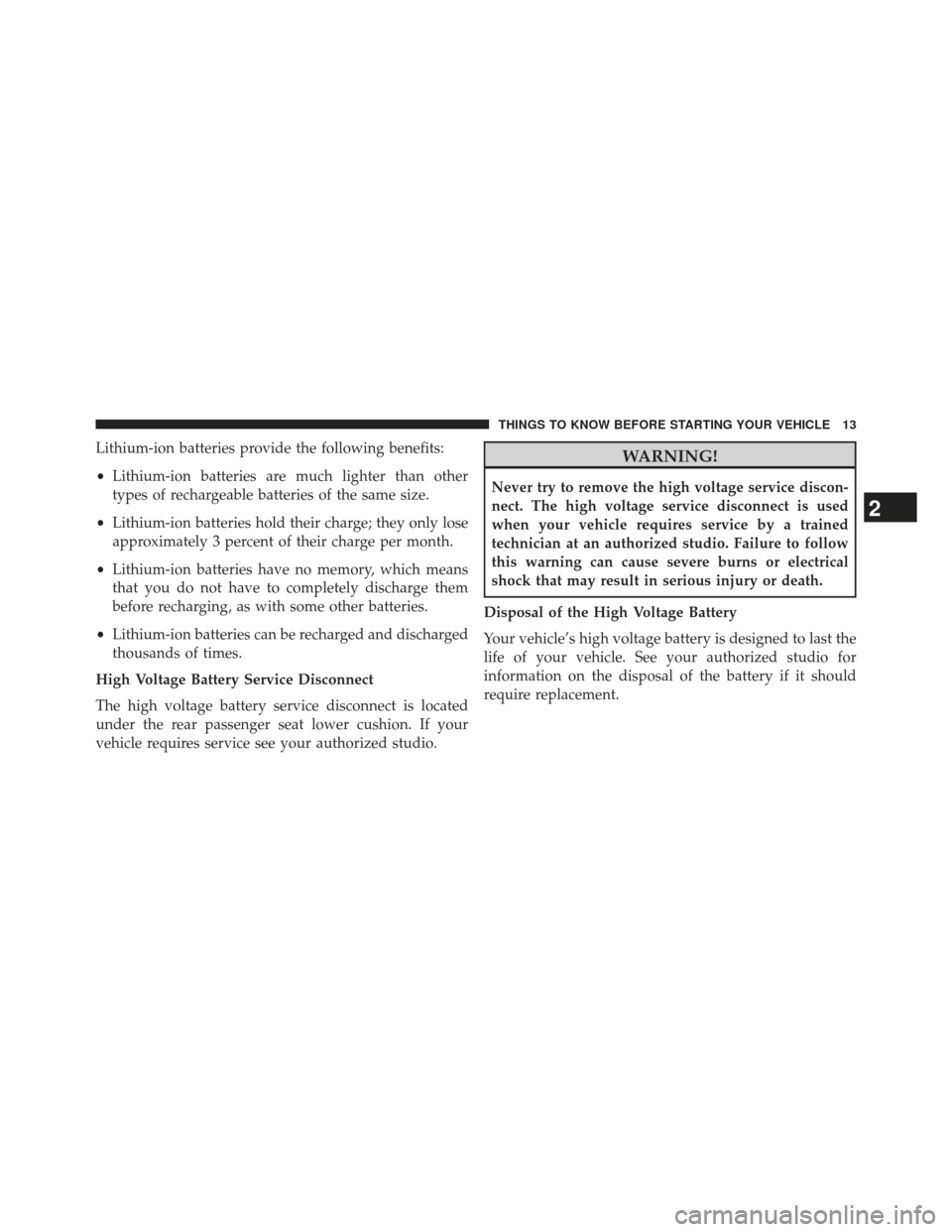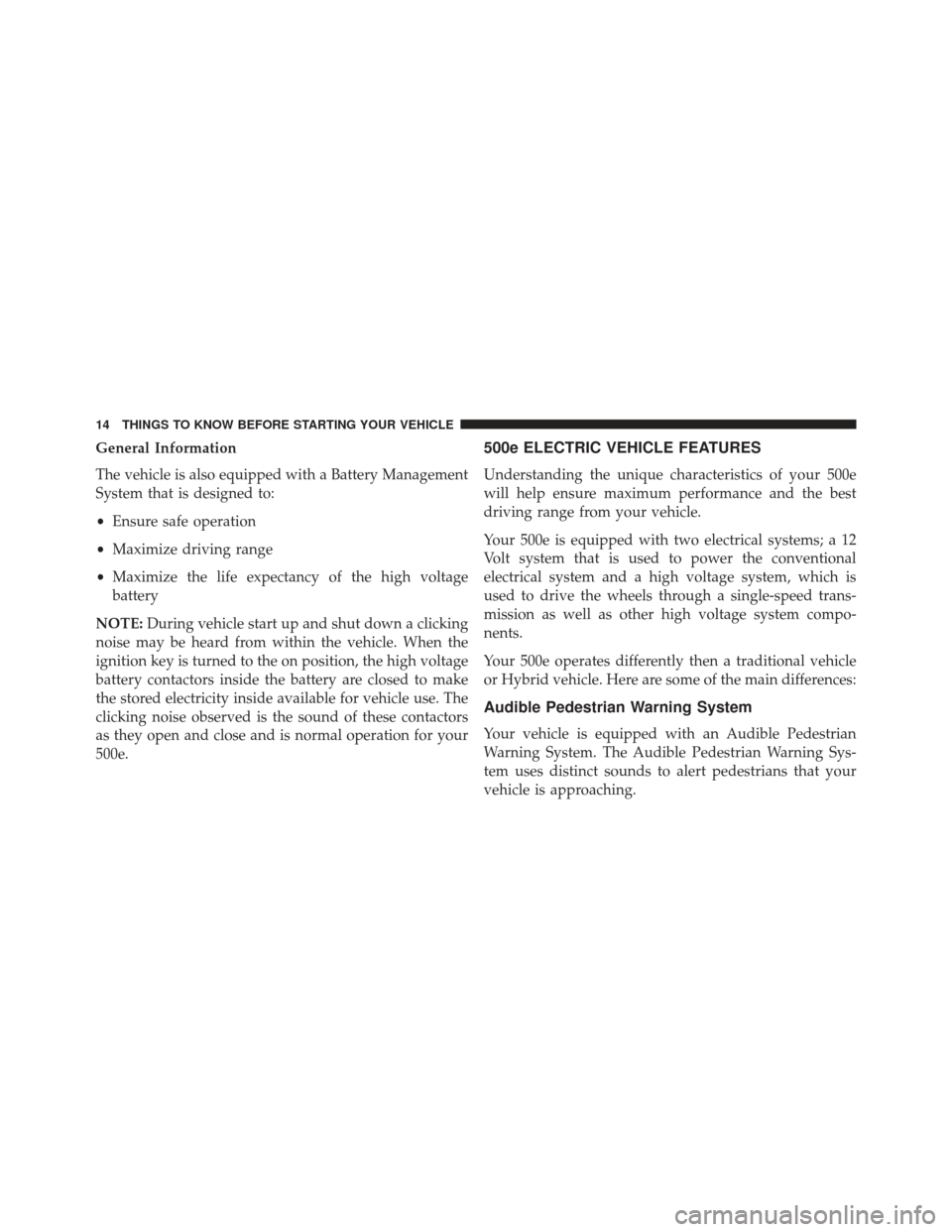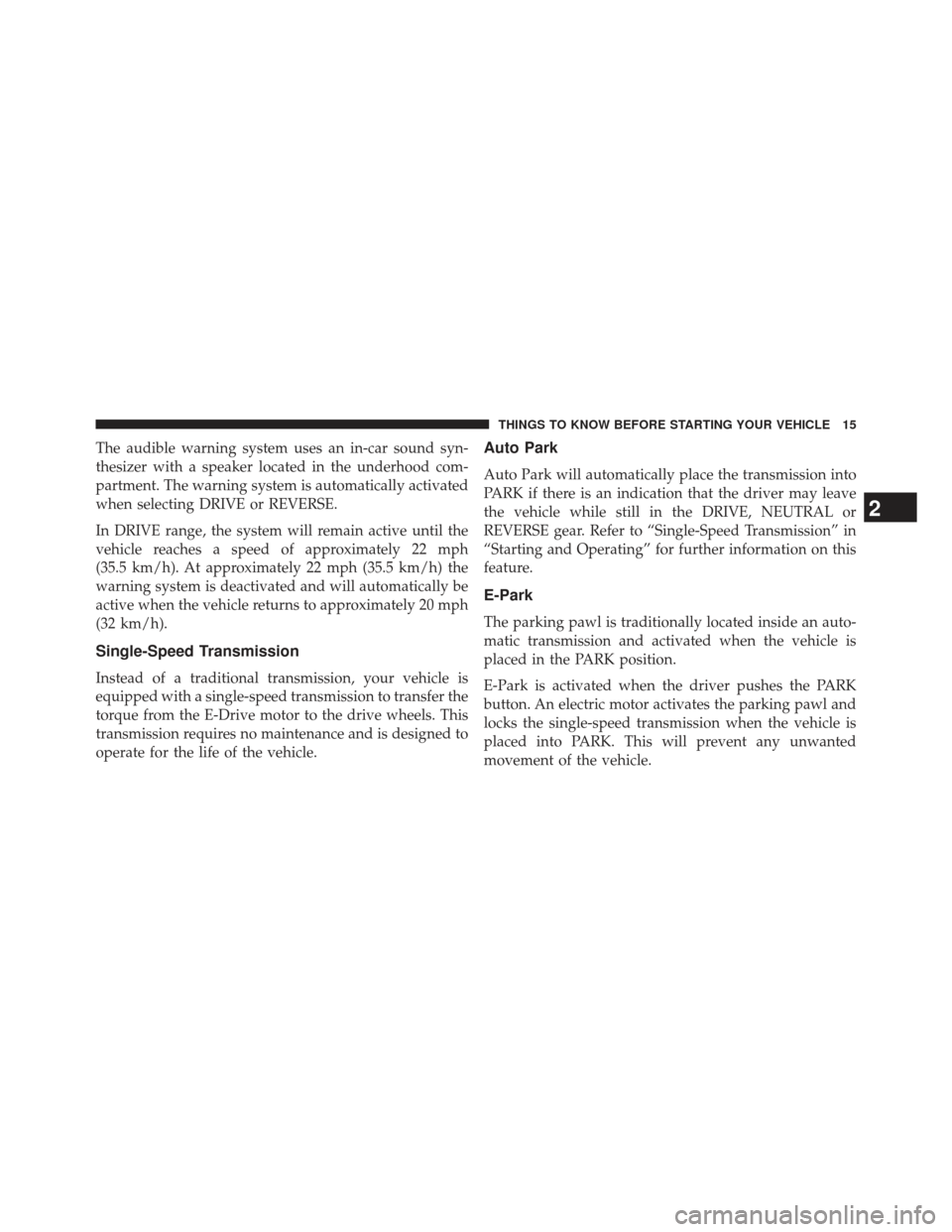Page 5 of 350
INTRODUCTION
CONTENTS
�INTRODUCTION ........................4
� HOW TO USE THIS MANUAL ..............4
� WARNINGS AND CAUTIONS ..............7�
VEHICLE IDENTIFICATION NUMBER ........7
� VEHICLE MODIFICATIONS/ALTERATIONS ....8
1
Page 9 of 350
WARNINGS AND CAUTIONS
This Owners Manual containsWARNINGSagainst op-
erating procedures that could result in a collision or
bodily injury. It also contains CAUTIONSagainst proce-
dures that could result in damage to your vehicle. If you
do not read this entire Owners Manual, you may miss
important information. Observe all Warnings and Cau-
tions.
VEHICLE IDENTIFICATION NUMBER
The Vehicle Identification Number (VIN) is found on the
left front corner of the instrument panel, visible through
the windshield. This number also appears engraved on
the right front door sill under the sill scuff plate, on an
adhesive label applied to the right door opening on the
B-Pillar, on the vehicle registration and title.
Vehicle Identification Number
1
INTRODUCTION 7
Page 10 of 350
NOTE:It is illegal to remove or alter the VIN.
VEHICLE MODIFICATIONS/ALTERATIONS
WARNING!
Any modifications or alterations to this vehicle could
seriously affect its roadworthiness and safety and
may lead to a collision resulting in serious injury or
death.
Stamped VIN Location
8 INTRODUCTION
Page 11 of 350
THINGS TO KNOW BEFORE STARTING YOUR VEHICLE
CONTENTS
�IMPORTANT VEHICLE INFORMATION .......12
▫ High Voltage Battery ....................12
� 500e ELECTRIC VEHICLE FEATURES .........14
▫ Audible Pedestrian Warning System .........14
▫ Single-Speed Transmission ................15
▫ Auto Park ............................15
▫ E-Park ..............................15
▫ Climate Control (HVAC System) ............16
▫ Electric Air Conditioning Compressor ........16
▫ Electric Power Steering ..................16 ▫
Smartphone Features ....................16
� ELECTRIC SYSTEM OPERATION ............20
▫ Level 1 Charging
(120V — Requires NEMA 5–15 Outlet) .......20
▫ Level 2 Charging
(240V — Requires A 40 Amp Circuit Breaker
Or Greater) ...........................20
▫ Charge Times .........................20
▫ Vehicle Charging Cord ...................21
▫ EVSE Operation And Status Information ......22
▫ Charging The High Voltage Battery ..........25
2
Page 15 of 350

Lithium-ion batteries provide the following benefits:
•Lithium-ion batteries are much lighter than other
types of rechargeable batteries of the same size.
• Lithium-ion batteries hold their charge; they only lose
approximately 3 percent of their charge per month.
• Lithium-ion batteries have no memory, which means
that you do not have to completely discharge them
before recharging, as with some other batteries.
• Lithium-ion batteries can be recharged and discharged
thousands of times.
High Voltage Battery Service Disconnect
The high voltage battery service disconnect is located
under the rear passenger seat lower cushion. If your
vehicle requires service see your authorized studio.WARNING!
Never try to remove the high voltage service discon-
nect. The high voltage service disconnect is used
when your vehicle requires service by a trained
technician at an authorized studio. Failure to follow
this warning can cause severe burns or electrical
shock that may result in serious injury or death.
Disposal of the High Voltage Battery
Your vehicle’s high voltage battery is designed to last the
life of your vehicle. See your authorized studio for
information on the disposal of the battery if it should
require replacement.
2
THINGS TO KNOW BEFORE STARTING YOUR VEHICLE 13
Page 16 of 350

General Information
The vehicle is also equipped with a Battery Management
System that is designed to:
•Ensure safe operation
• Maximize driving range
• Maximize the life expectancy of the high voltage
battery
NOTE: During vehicle start up and shut down a clicking
noise may be heard from within the vehicle. When the
ignition key is turned to the on position, the high voltage
battery contactors inside the battery are closed to make
the stored electricity inside available for vehicle use. The
clicking noise observed is the sound of these contactors
as they open and close and is normal operation for your
500e.500e ELECTRIC VEHICLE FEATURES
Understanding the unique characteristics of your 500e
will help ensure maximum performance and the best
driving range from your vehicle.
Your 500e is equipped with two electrical systems; a 12
Volt system that is used to power the conventional
electrical system and a high voltage system, which is
used to drive the wheels through a single-speed trans-
mission as well as other high voltage system compo-
nents.
Your 500e operates differently then a traditional vehicle
or Hybrid vehicle. Here are some of the main differences:
Audible Pedestrian Warning System
Your vehicle is equipped with an Audible Pedestrian
Warning System. The Audible Pedestrian Warning Sys-
tem uses distinct sounds to alert pedestrians that your
vehicle is approaching.
14 THINGS TO KNOW BEFORE STARTING YOUR VEHICLE
Page 17 of 350

The audible warning system uses an in-car sound syn-
thesizer with a speaker located in the underhood com-
partment. The warning system is automatically activated
when selecting DRIVE or REVERSE.
In DRIVE range, the system will remain active until the
vehicle reaches a speed of approximately 22 mph
(35.5 km/h). At approximately 22 mph (35.5 km/h) the
warning system is deactivated and will automatically be
active when the vehicle returns to approximately 20 mph
(32 km/h).
Single-Speed Transmission
Instead of a traditional transmission, your vehicle is
equipped with a single-speed transmission to transfer the
torque from the E-Drive motor to the drive wheels. This
transmission requires no maintenance and is designed to
operate for the life of the vehicle.
Auto Park
Auto Park will automatically place the transmission into
PARK if there is an indication that the driver may leave
the vehicle while still in the DRIVE, NEUTRAL or
REVERSE gear. Refer to “Single-Speed Transmission” in
“Starting and Operating” for further information on this
feature.
E-Park
The parking pawl is traditionally located inside an auto-
matic transmission and activated when the vehicle is
placed in the PARK position.
E-Park is activated when the driver pushes the PARK
button. An electric motor activates the parking pawl and
locks the single-speed transmission when the vehicle is
placed into PARK. This will prevent any unwanted
movement of the vehicle.
2
THINGS TO KNOW BEFORE STARTING YOUR VEHICLE 15
Page 31 of 350
•charge low — displayed at 17% (warning displayed for
five seconds).
• charge low — displayed at 11% (remains on until the
condition changes).
• charge low limited power mode — turtle displayed at
5% and remains on. •
charge low limited power mode — turtle flashes at 0%
until condition changes.
NOTE: The limited power mode can also be activated if
the high voltage battery temperature is to high or to low.
Charge Low Message
Charge Low Limited Power Mode
2
THINGS TO KNOW BEFORE STARTING YOUR VEHICLE 29